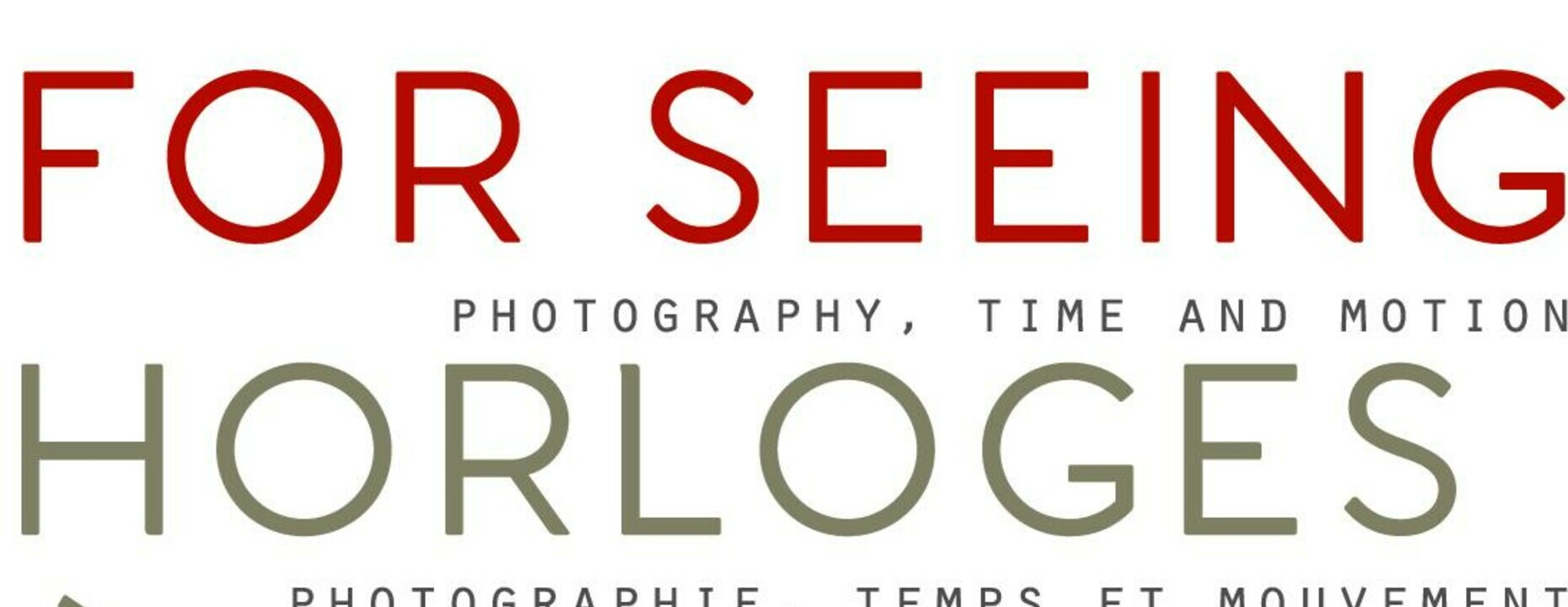“A photo is able to capture a moment that people can’t always see.” – Harry Callahan
The invention of photography has had a profound effect on the way we see and know the world. The first NGC@AGA exhibition of 2017 features the work of more than 20 photographers since the 19th century and considers the relationship between time and photography through a selection of photographs that range from science and art.
Curator’s statement
The invention of photography has had a profound effect on the way we see and know the world. In many ways, this is due to the medium’s relation to time. Photography has opened a window that allows us to see “what was” in ways that were inconceivable before its invention, irrevocably altering our connection to the past. Our histories and memories, both collective and personal, are now shaped by photography and the glimpse (however fragmented and imperfect) it enables into the past. At the other end of the spectrum, photography has extended human vision by allowing us to see the dynamics at play in the tiniest slivers of time. The motion and flux of things that were once beyond the capacity of human perception are now knowable through the frozen moment of the photograph. Clocks for Seeing: Photography, Time and Motion considers the relationship between time and photography through a selection of historical and contemporary photographs that encompass practices ranging from science to art.
Organized by the Canadian Photography Institute of the National Gallery of Canada as part of the NGC@AGA exhibition series.

